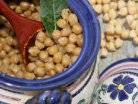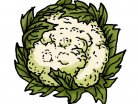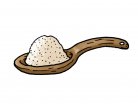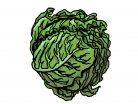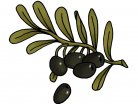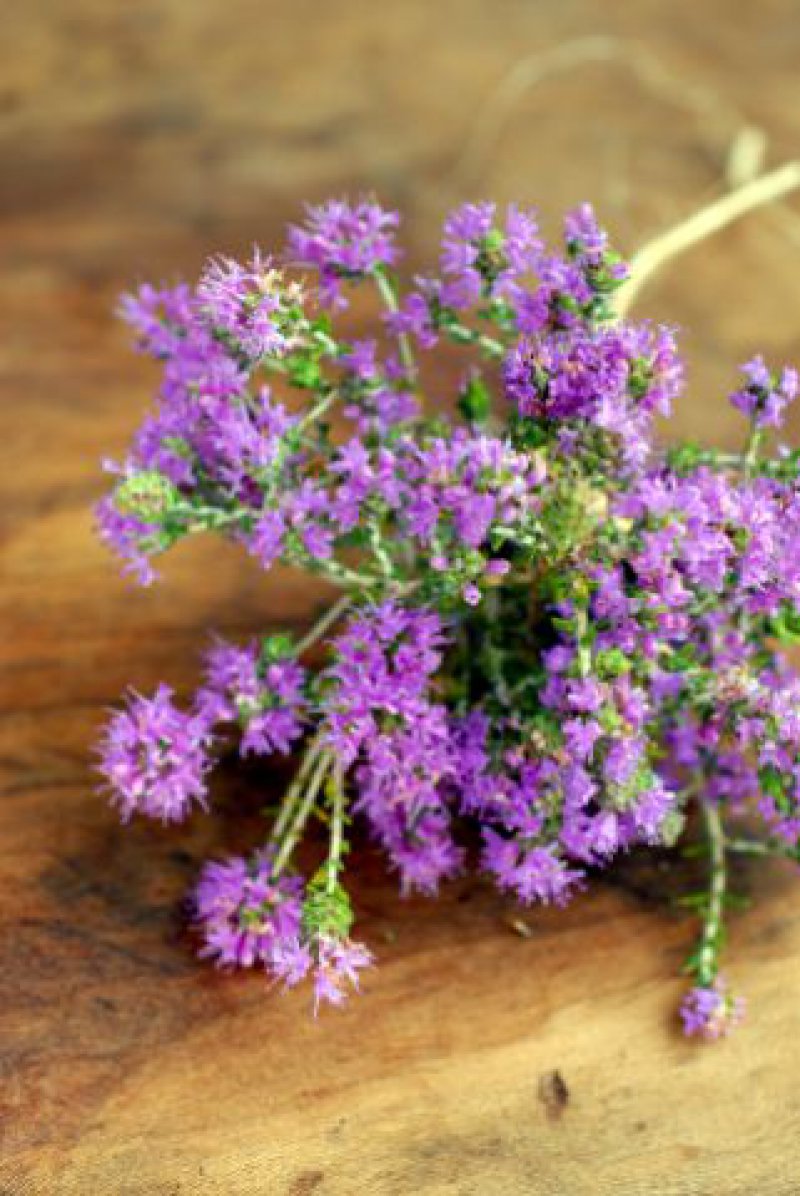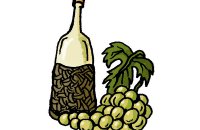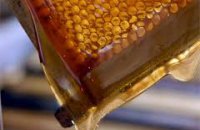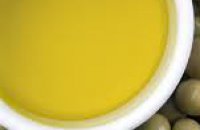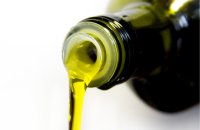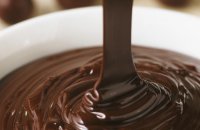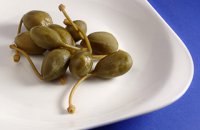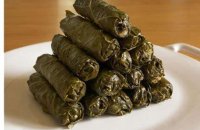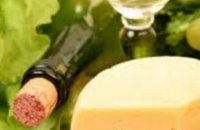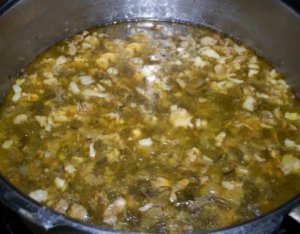The proper harvesting of wild herbs is determined firstly by the particular location of the plants and secondly by their culinary application.
TIps for Harvesting Wild Plants and Herbs
- Harvest leaves, shoots, and blossomed tops during the afternoon, when most of the plants' active substances accumulate in those sections.
- Gather fruits and flowers in the morning, when they will be freshest.
- Only collect roots and bulbs in the autumn or spring.
- Do not harvest if it is raining, or if the plants are covered in frost.
- Never harvest plants or herbs, if you are not completely positive that they are edible.
- Even if you recognize them to be edible, do not harvest herbs and wild greens growing on road-sides or curbs.
- Harvest only the plants and herbs that look healthy.
- Be cautious when harvesting in March and April, as these are the months during which farmers spray their land with hazardous pesticides.
- Do not uproot the plant you are harvesting, unless, of course, you seek its root or bulb. Rather, trim only the part that you need, thus giving the plant the opportunity to grow again. Use a scissors.
- Harvest only the quantities you consider enough to last you for five days, as herbs and plants will loose most of their qualities once this period of time expires.
- Never leave your picking in nylon or plastic bags, closed spaces, or in the trunk of your vehicle.
- Never leave you picking in the direct sunlight, unless, of course, you are seeking to dehydrate herbs.
Tips for Purchasing Wild Plants and Herbs
- It is advisable to find out the origin of the herbs and plants you intend to buy.
- Never purchase herbs or plants with obvious damage on leaves or seeds.
- Buy from small-business plant vendors, never from large supermarkets. Large businesses are notorious for their liberal usage of pesticides, chemicals, and additives.
Tips for Storing Wild Plants and Herbs
- Wild plants and herbs are best for consumption on the day of purchase. The same is true for any vegetable.
- Never wash or rinse wild plants if you intend to store them in a freezer or refrigerator. Remember that refrigerated plants turn yellow and give off a foul smell within a week or so. If you must refrigerate them, store them in a lower compartment of the refrigerator so that the storing temperature will be slightly warmer.
- Before refrigerating herbs and wild plants, always remove the yellow leaves and soil, as well as any visible foreign matter. But, remember, do not wash.
- Wild plants with thick leaves and stems last longer in the freezer or refrigerator than their thinner counterparts. Chicory and asparagus are exceptions to this rule however, as they will wither and turn yellow quite easily.
Tips for Preserving Wild Plants and Herbs
- When pickling vegetables such as cucumbers, artichokes, bulbs, purslane, or vineyard offshoots, be sure to use extra-quality vinegar and olive oil.
- Try preserving fruits in alcohol such as raki, vodka, or wine. Fruit will provide such mediums with unbelievable fragrances.
- When deep freezing, let your plants soak in water for ten minutes, before collecting them with a perforated spoon and placing them in plastic bags to store in the freezer. The best plants to conserve via deep freezing are the aromatic herbs such as fennels, leeks, poppies, nettles, and mallows.
- Frozen wild plants intended for pies should be allowed to thaw at room temperature and then strained.
































